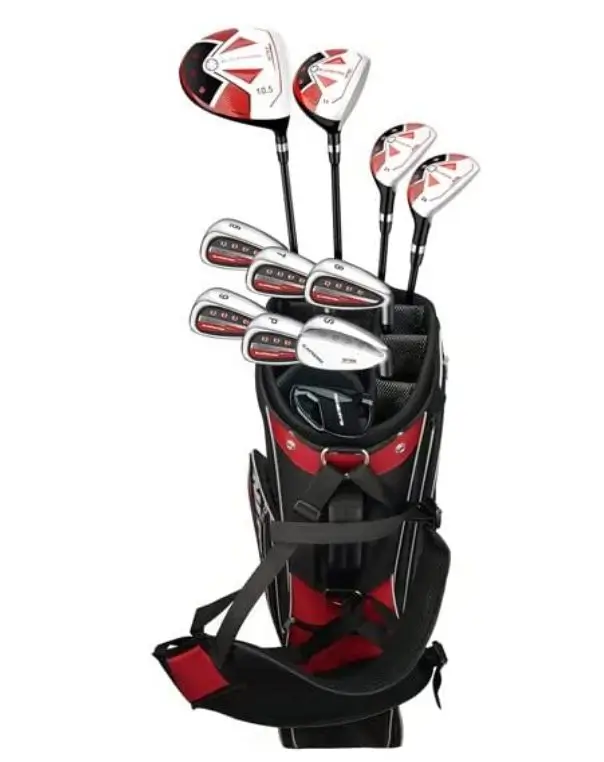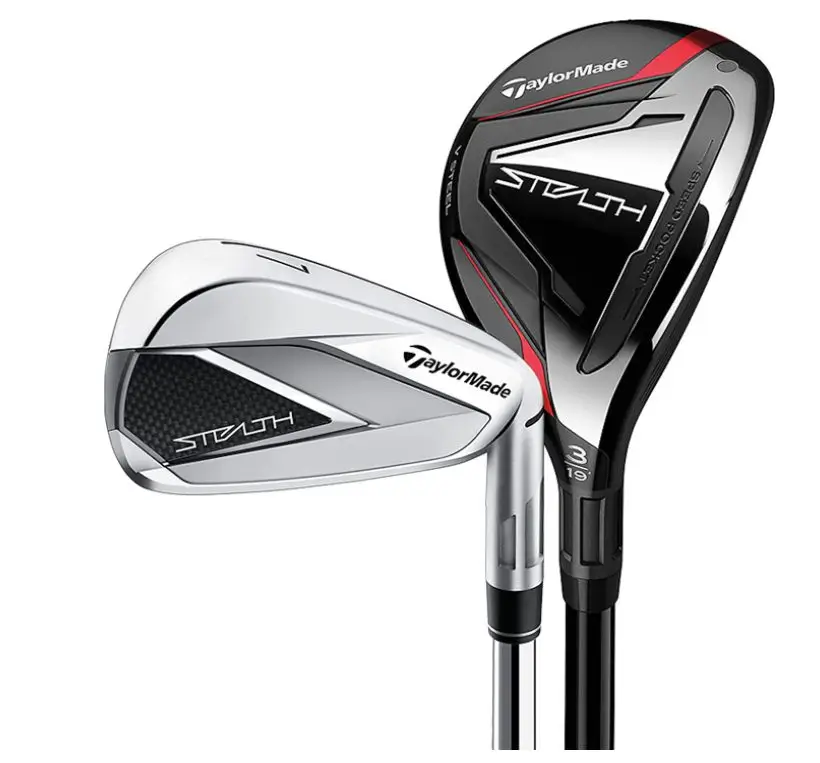Knowing when to use the different clubs in your golf bag is an essential skill for any golfer. Each club has a different trajectory and distance, so choosing the right club can result in better shorts and missing many other green opportunities.
Does it matter what golf clubs you use?
Yes, it matters that you choose a club based on the distance and terrain of a particular shot. Here are some expert tips and advice on when to use each golf club:
Driver
The driver is best for long-distance shots from the tee box. It has a larger head and longer shaft, which allow for greater distance and more power in the swing. Choose an iron with a loft angle that matches the length you need to cover.
Fairway Woods
Fairway woods are ideal for long approach shots when you need more accuracy than a driver can provide. They are also helpful for off-the-tee shots when the fairway is narrow or when hazards are in play.
Irons
Irons are versatile clubs for various shots from tee to green. They come in different number sets, each with an additional loft angle and intended distance.
They provide more control and accuracy than woods but less space, so they use on both long and short approach shots.
Wedges
These are the perfect choice for short approach shots, chips, and pitches around the green. They provide higher accuracy than irons and are ideal for tight approaches or when you need to get close to the hole.
The design of the wedge club heads allows for a greater loft than other clubs. There are several types of wedges used for different lofts and degrees.
Putters
The putter should use whenever you’re on the green. They provide the maximum accuracy and control for precisely rolling the ball into the hole.
Developing a Feel for Distance
In addition to knowing when to use each club, it is important to develop a feel for the distance you can hit with each one. This requires practice and understanding of your own swing speed and ball flight.
Use range balls or dedicated time on the course to get a feel for the distance you hit each club. This will help you choose the right club for any given shot.
By learning when to use each type of golf club and developing a feel for distance, you can take your game to the next level. With practice and dedication, you’ll be well on your way to becoming an expert golfer. Good luck!
What to Look for in a Golf Club?
Consider a few different factors when selecting the shafts for your golf clubs.
Firstly, assessing your swing speed is essential to determine the shaft’s flex best suited for you. Generally speaking, if your swing speed is low, you should opt for a more flexible shaft; conversely, if your swing speed is higher, you should go for a more rigid shaft.
Weight of the Shaft
Secondly, you should consider the weight of the shafts; heavier shafts can reduce vibration during impact and increase stability, while lighter shafts can improve clubhead speed and make it easier to control the ball.
Length
In addition to this, you should also consider the club’s length. Typically, golfers with a slower swing speed should opt for longer clubs, which will help them generate more power and distance.
Different Materials of Shaft
Conversely, those with a faster swing speed should choose shorter clubs to help maintain accuracy and control over their shots. It’s also important to note that the shafts are usually made from different materials, such as steel, graphite, and titanium.
Steel is the most common type of shaft, but graphite can be lighter, while titanium offers a combination of lightweight and flexibility.
Grip Size
Finally, looking at the grip size when selecting your shafts would be best. Undersized grips will give you more control over your shots, but they are less comfortable for most golfers.
Oversized grips will be more comfortable but may reduce your control over the ball. Ultimately, selecting the suitable shafts for your golf clubs requires a balanced combination of assessing your swing speed and choosing shafts that fit your play style.
By considering these factors carefully during selection, you can find the perfect set of shafts for your golf clubs.
Common Mistakes When Choosing a Club and How to Avoid Them
Choosing golf clubs explained for beginners can be a tricky task. There are so many different types of clubs, and knowing which is right for you can take time. Here are some common mistakes beginners make when choosing a club and how to avoid them:
Not doing enough research
Before joining any club, research the club’s history, activities, and membership requirements. Make sure the club is a good fit for your interests and goals.
You are not considering the cost.
Costs vary widely from club to club, so know what you can afford before joining. Look into discounts or waivers available for specific memberships or activities as well.
Not considering the time commitment.
Clubs require varying amounts of time and effort to be successful members. Consider the other activities and commitments you have in your life, such as school or a job, before committing to a club.
Blindly following friends
Just because your friends are interested in a particular club does not mean it is right for you. Assess if it is a good fit for you before playing.
By taking the time to research and consider all the factors, you can make sure you choose the right club for your interests and goals. This will help ensure that your experience with the club is successful and enjoyable!
To choose when to use what golf clubs, the best way to determine the right golf clubs is to seek professional advice from a qualified club fitter. A club fitting session will allow an expert to assess your physical build, swing style, and skill level to recommend the most suitable clubs for you.
When starting with golf, the most important thing to consider when choosing a club is what kind of club will help you hit the time straight and far. The best place to start is with a basic set of clubs, including a driver, fairway woods, hybrids, irons, and wedges.
When deciding which club to use for driving range practice, there are several factors to consider. The type of club you select will depend on your skill level and what particular shots you wish to practice.
Golf is a game of skill and strategy, and knowing when to use each type of club can improve your scores.
Understanding When to Use What Golf Clubs, developing a feel for distance, and practicing with range balls or on the course are all essential steps in becoming an experienced golfer. With these tips and advice, you’ll be well on your way to mastering the game of golf.








